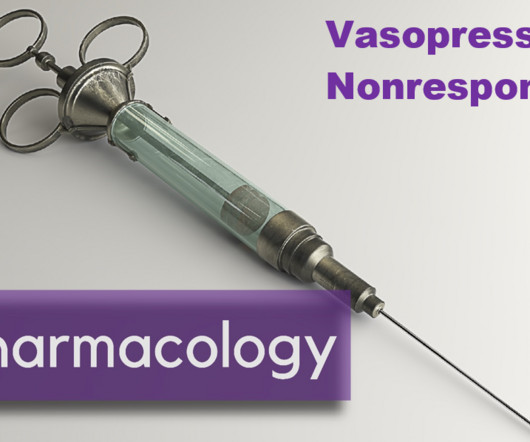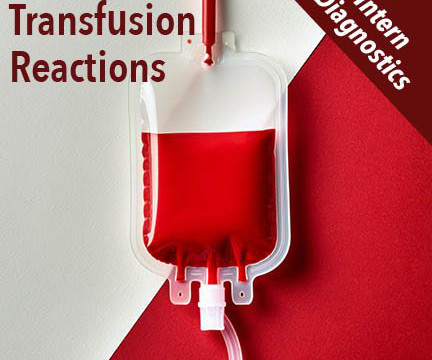ToxCard: Iron
EMDocs
DECEMBER 6, 2024
Blood transfusion for clinically significant blood loss. 5 Consider exchange transfusion in addition to deferoxamine for serum iron concentrations greater than 1000 g/dL, or those who clinically deteriorate despite supportive care and chelation. Tintinallis Emergency Medicine: A Comprehensive Study Guide, 8e.



















Let's personalize your content